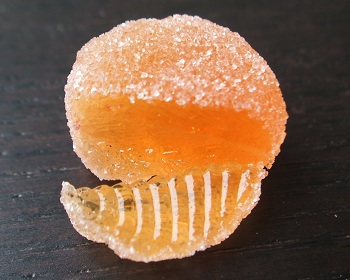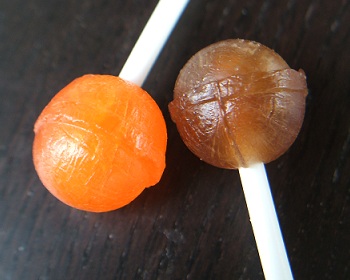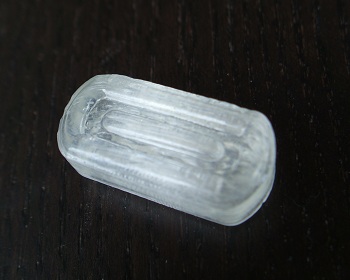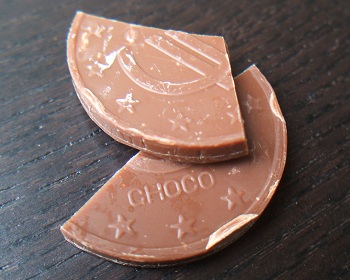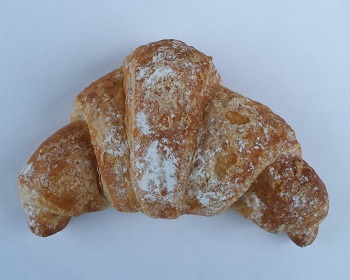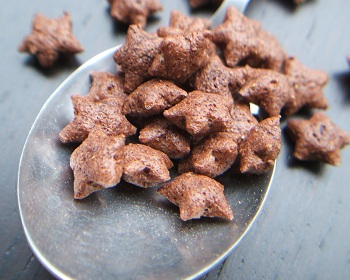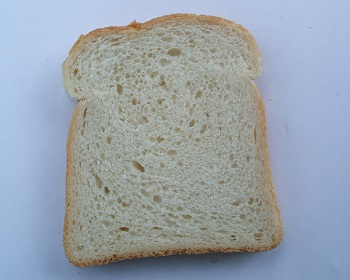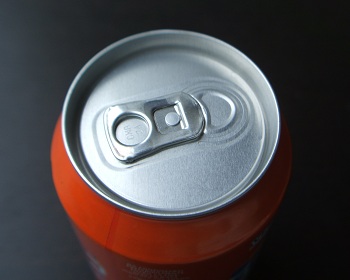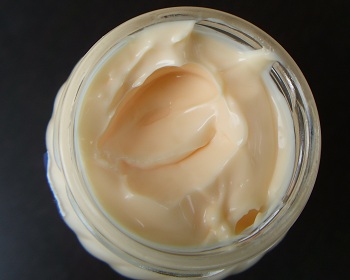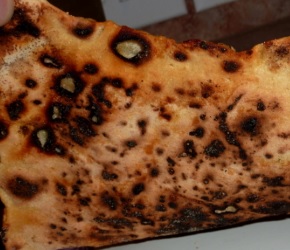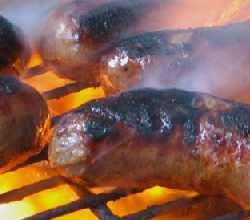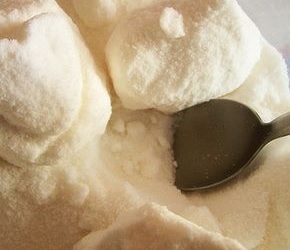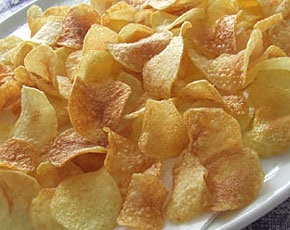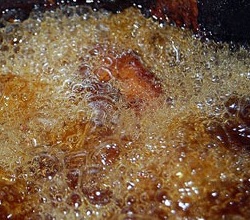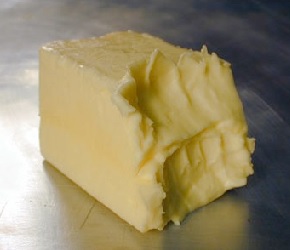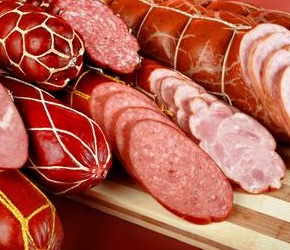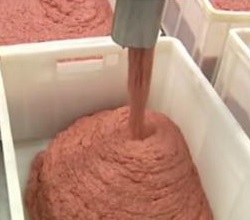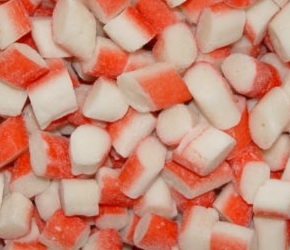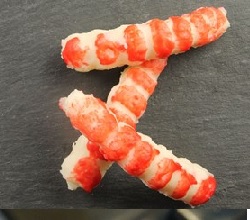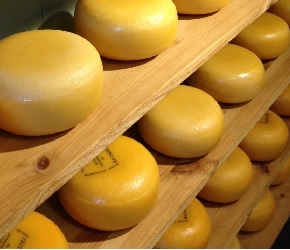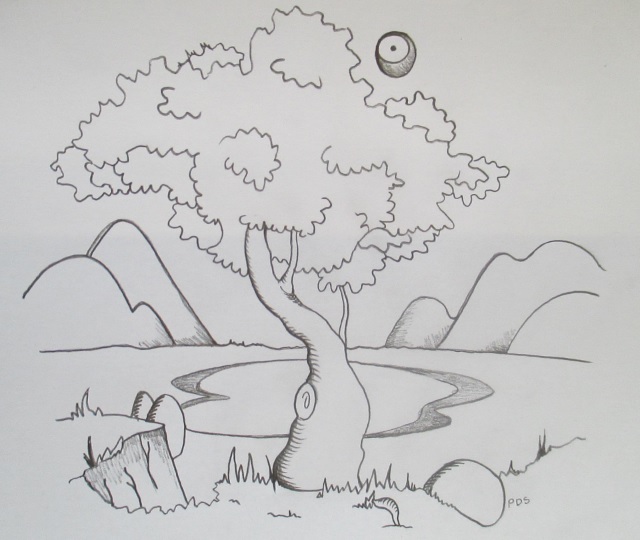I love quotes. Through history smart people have sent us amazing messages of wisdom and truth. Simple phrases from them, short and easy to remember, are often very effective to vehicle these messages.
Meaningful quotes are from people who lived hundreds, thousands of years ago. Others are from contemporary people who live in other countries, other cultures. It is fascinating to feel a sense of connection with them: I mean, seeing things like someone who lived in such different conditions. But of course, some of my favorite quotes are from people who had experiences similar to mine too.
I have a sort of vision board above my desk. There I attach memos with the things I want/have to do. And there is always space for some inspirational quote. One I see now is “A man can do all things if he will” from Leon Battista Alberti. Very interesting concept.
More in the specific, I’ve read and reflected over many quotes about health and nutrition. And since some of them express so well the criteria I use to write here at Nutrition Freak, I decided to compile this mini-list of my favorites, packaged in a top five.
1. HAVING GOOD HEALTH IS VERY DIFFERENT FROM ONLY BEING NOT SICK (Seneca The Younger, 4 bc – 65 ad)
This is a masterpiece. The importance of this quote lies on where-is-the-focus.
Generally speaking, unconscious people tend to keep their focus on things that have little impact on their lives. In case of nutrition, a good example are people who focus on counting the calories (little impact) versus people who focus on eating nutrient-dense foods (big impact).
A lot of people tease nutrition freaks, saying that they prefer to enjoy the food they like instead of living few years more. They are missing the point. There is an abyss between only being not sick, which still means living a whole life struggling with low energy, inactive mind, bad mood, migraine, constipation (and so on)… and being really healthy,
that means having high energy, alert mind, full reasoning capacity, will to do things, good physical outlook.
I see ‘only not sick’ people daily: relatives, friends, colleagues. Some of them basically spend their life by digesting one unbalanced meal after the other. I have clear in my mind the image of my colleagues who come back after lunch, and sit in front of the computer with a sleepy face and a neon banner on their forehead: “brain switched off”.
Remember: “having good health” — abyss — “only being not sick”.
2. THE DOCTOR OF THE FUTURE WILL GIVE NO MEDICINE, BUT WILL INTEREST HIS PATIENTS IN THE CARE OF THE HUMAN FRAME, IN DIET AND IN THE CAUSE AND PREVENTION OF DISEASE (Thomas Edison, 1847 – 1931)
A positive view of the future, and I share it. I think the time for medicine as we know it now, with physicians curing the effects of the diseases instead of eliminating their causes, will end one day.
Of course there will always be congenital diseases that will need drugs and surgery (I have some of them), but today there is too much influence of money over the patients health. Pharmaceutical companies have strong interests in keeping the patients sick, so they can sell their drugs. And often they do that with the support of the media.
Think at the hypes the media created about the H1N1 flu and the Avian flu. Were these alarms justified? With few people affected, a world scale alert was broadcasted in both cases. How much money do you think the pharmaceutical companies made by just selling disinfectants during the H1N1 alarm? I guess billions.
In order for the population’s health to improve, physicians should stop simply curing their patients, they should focus on instructing them. About, as Edison said well, “the care of the human frame, diet and prevention of disease”.
3. TAKE CARE OF YOUR BODY. IT’S THE ONLY PLACE YOU HAVE TO LIVE. (Jim Rohn, 1930 – 2009)
This is a very important thing to remember. Changes happen, sometimes initiated by us, sometimes initiated by someone/something else. Almost nothing is certain in life.
Hours, weeks, months, years from now, and you may be living in a different continent, have lost your loved ones, or have new loved ones, you may have a different job, different friends, you may have become poor, you may be running to become president of a nation. Anything is perfectly possible, who knows?
But one thing, you take it for granted: wherever you will be, whatever you will be doing, with whomever you will be, until you will be living you will have this unique certainty: your body. The body you are now using to read these lines. The body in which you are in is an interface: from you to the outside. And one of the few certain things in your life is that whatever kind of interaction you will have with the world, it will happen through your body. This is why you should seriously take care of it.
(ah… obviously this is valid only until progress will not allow us to switch these ridiculous biological bodies with more efficient and fashionable robotic bodies)
4. I SAW FEW DIE OF HUNGER; OF EATING, A HUNDRED THOUSAND (Benjamin Franklin, 1706 – 1790)
Franklin was obviously thinking to his America when he said this, but this suits well all the western societies today.
Yes people die from hunger, in countries like Africa. But still, think at how many other people live there with surprising little amounts of food. And guess what? They are much healthier than many western eaters, who consume ten times more food.
Health requires eating good foods, in moderate amounts. Benjamin Franklin noticed that many people tend to do the opposite: eat junk foods, in huge amounts. They cause themselves all possible kinds of diseases, and eventually die.
Funny, this quote makes me think a lot about mothers, who always care about their children eating enough. They rarely question adequately about what they are giving to their children, they’re usually too busy giving them enough food so “they can grow”. It’s like if their kids are always risking starvation. And I know this well, since I have an Italian mother.
Typical piece of conversation at the phone with my mother:
- mother: how are you? do you want to come to eat by us?
- me: I am fine, I just left the office. I am going to the gym and I will eat just some fruit later at my house. What did you do today?
- mother: eh we had all day your nephew here, messing the house and crying. I made some lasagna at lunch and there is still some, why don’t you come eating it?
- me: no, I’ll just have something light this evening, I don’t feel hunger. Did you call grandpa?
- mother: Yes I called him. He is fine but he says he feels a little weak and his back is still sore. Usual stuff, you know. Why don’t you come to eat by us? Are you ok?
- me: yes yes, I am ok. Ah, see if you find that book in my room. I really can’t find it anymore, it must be at home.
- mother: I will see again, but I think you left it somewhere else because here there is nothing. When will you come here, Sunday? Are you sure you don’t want me to prepare you anything? In the fridge there is…”
- me: mum I am sure. Entering the gym now, I’ll come Sunday for lunch ok? Say ciao to dad”
- mother: ok ciao. But would you come if I’d cook…”
- me: click.
5. TO EAT IS A NECESSITY, BUT TO EAT INTELLIGENTLY IS AN ART (Francois De La Rochefoucauld, 1613 – 1680) 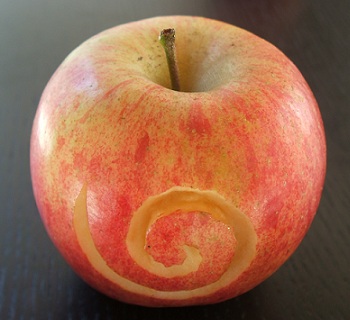
It makes me smile because I see so many things inside this phrase. There are different aspects in the relationship one can have with food. And there are many quotes about health and nutrition that describe these aspects:
- how sad are those who are too fixated with healthy food
- how serious, instead, you should be about eating healthy food
- how difficult is to give up the junk food
- how dangerous is the food industry conditioning
- how much joy, or guilt, food can provide
The truth is that finding a balance, being able to eat tasting and nutrient food without useless stress, is an art. And especially being able to manage the feelings towards food…isn’t it curious that there areso many strong feelings towards food, which is an inanimate thing?
I consider myself an artist for many things. For example I draw very well, and this is because I spent countless hours of my life drawing with a pencil. And after all the things that I’ve read and studied about nutrition, I thing that I eat in a more intelligent way than the average person. And yes, that I am an artist eater (which somehow sounds like I’d need to be brought to the mental hospital).
Considered how crucial health is, I’d suggest you to find your art dimension in eating too.

